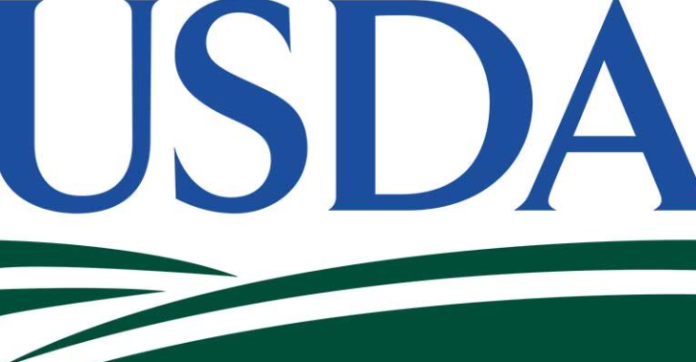
 |
|---|
Source: USDA
Large-scale family farms were more likely to have stronger financial performance than other farms, according to USDA, Economic Research Service (ERS) researchers using data from the 2011-20 Agricultural Resource Management surveys (ARMS). ERS researchers categorized farms as low risk if they had an operating profit margin (OPM)-the ratio of operating profit to gross farm income-greater than 25 percent.
Large-scale family farms, defined as those with gross cash farm income (GCFI) of $1 million or more, were the most likely to have low-risk operating profit margins compared to nonfamily and family farms of other sizes.
However, the share of large-scale family farms considered low risk declined from 48 percent in 2011 to 43 percent in 2020. Large-scale family farms make up 3 percent of U.S. farms but contribute 46 percent of the value of production in 2020.
Small family farms, those with GCFI less than $350,000, were less likely to have an operating profit margin over 25 percent. The portion of small family farms operating at low risk fell from 18 percent in 2011 to 11 percent in 2020.






